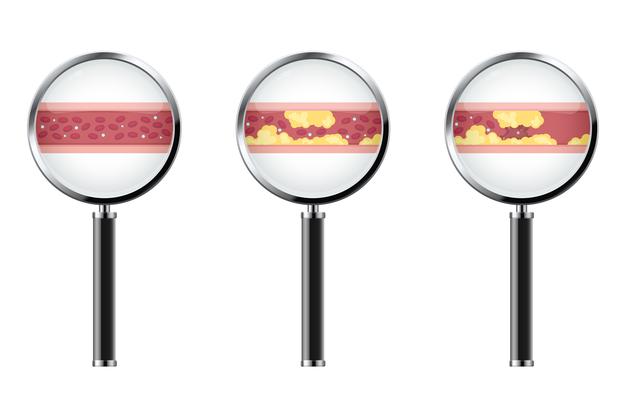Lipids are a faction of hydrophobic bio-molecules that influence important functions in living organisms. While the primary role of lipids is long-term energy storage, lipids are also utilized for protection, insulation, and lubrication.
They also work as precursors that are related with hormones and are a key component of cell membranes. There are 4 basic groups of lipids. These are triglycerides, phospholipids, steroids, and waxes. Although these groups differ in many respects. They all have one characteristic in common. They are all insoluble in water. You may have recognized that lipids and water do not blend.
Lipids are hydrophobic. From Latin, the prefix hydro means water and suffix phobic means fear of. This means water and lipids do not mix.
Examples of Lipids
There are various types of lipids. Some examples of lipids are as follows:
Butter
Ghee
Vegetable oil
Cheese
Cholesterol
Other steroids
Waxes
Phospholipids
Fat-soluble vitamins
All these mixtures have similar characteristics, i.e. these all are insoluble in water and soluble in organic solvents, etc.
Properties of Lipids
Here are some important properties of Lipids:
Lipids are oily or greasy non-polar molecules, reserved in the adipose tissue of the human body.
Lipids are a heterogeneous set of compounds, mainly comprised of hydrocarbon chains.
Lipids are energy-rich organic molecules, which give energy to several life processes.
Lipids are a category of compounds distinguished by their solubility in non-polar solvents and insoluble in water.
Let’s take a closer look at the category of lipids.
Triglycerides

Triglycerides include fats and oils. Fats such as lard and butter are solid at room temperature and used by animals for insulation, protection, and long-term energy storage. Oils such as corn oil and olive oil are liquid at room temperature and are used by plants for long term energy storage.
Triglycerides contain two types of subunit molecules: glycerol and fatty acids.
Phospholipids

Phospholipids are similar to triglycerides and that contain glycerol and two fatty acids. What’s different is that a phosphate group rather than a third fatty acid is attached to the third carbon of glycerol.
Phospholipids are extremely important mainly because of their unique properties regarding water. This signifies that it stirs well with water. The fatty acid tails are hydrophobic or water heating and do not mix well with water. Because of these unique properties, phospholipids tend to arrange themselves so that the hydrophilic heads interact with the watery environment and hydrophobic tails crowd inward away from the water.
Steroids

Steroids are composed of four fused rings of carbon. Our bodies retain chemical messengers called hormones, which are practically organic compounds developed in glands and carried by the bloodstream to several tissues to stimulate or deter the desired process.
Steroids are a means of hormone that is generally comprehended by their tetracyclic skeleton, comprised of three fused six-membered and one five-membered ring.
Waxes

Waxes are “esters” that is an organic compound brought by restoring the hydrogen with acid by an alkyl or another organic group constituted from long-alcohols and long-chain carboxylic acids.
Waxes are found nearly everywhere. The fruits and leaves of many plants have waxy coatings that can protect them from small buzzards and dehydration.
The hair of a few animals and the feathers of birds have the same coatings conforming to water repellent.
Carnauba wax is learned for its water resistance and toughness (considerable for car wax).
Conclusion
Lipids are a group of organic compounds, comprised of fats and oils. These molecules give high energy and are credible for various functions within the human body.





